In the summer of 2010, a determined 28-year-old named Kanako Urai, better known in Japan as Kana and today as WWE superstar Asuka, dropped The Kana Manifesto – an explosive printed bombshell that ripped apart Japan’s women’s wrestling world. It was a column so scathing that within hours, media outlets were up in arms, top promotions scrubbed her name from their cards, and one federation even sent its entire roster to confront her live in the ring. Branded a pariah by veterans yet hailed as a savior by hungry fans, Kana was banished to a separate locker room but stood her ground, daring to expose stale traditions and demand a new era of fierce, authentic professional wrestling in Japan.
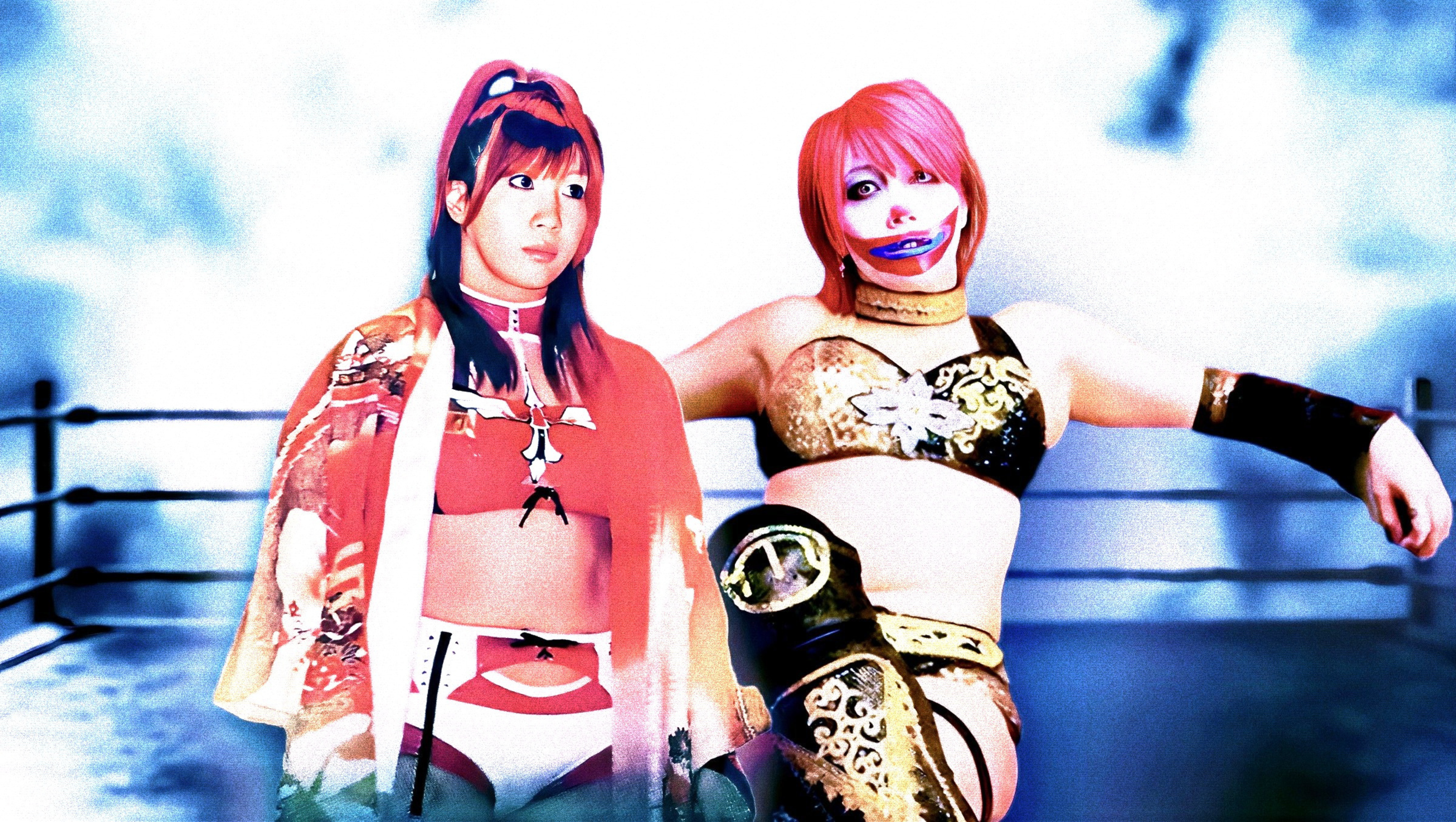
Quick Tip for Facebook Readers
Many of our readers connect with our content through our Facebook page. However, Meta's built-in browser (which opens by default on mobile) occasionally freezes mid-article- a known issue unrelated to our site. To enjoy uninterrupted reading: Tap the three dots in the top right corner → Select 'Open in external browser.' This will resolve the glitch. Thanks for your support. We want your wrestling stories to stay as smooth as a top-rope hurricanrana!
From Rookie to Rebel: Kana (Asuka in WWE)’s Early Years (2004–2007)
Kanako Urai debuted under the ring name Kana in 2004 with the all-female promotion AtoZ, after training under Yuki Ishikawa and idolizing legends like Keiji Mutoh and Minoru Suzuki.
Early on, Kana’s career was unremarkable – she struggled for wins and even stepped away in 2006 due to health issues stemming from nephritis, a condition in which the kidneys become inflamed, impairing one’s ability to filter waste from the blood and regulate fluid balance.
By 2007, the Osaka-born grappler returned as a freelancer, wrestling across various joshi promotions, including NEO, JWP, and Ice Ribbon. She gained experience and a tag title in NEO’s Passion Red faction, but the joshi (women’s wrestling in Japan) scene’s entrenched ways left her increasingly dissatisfied.
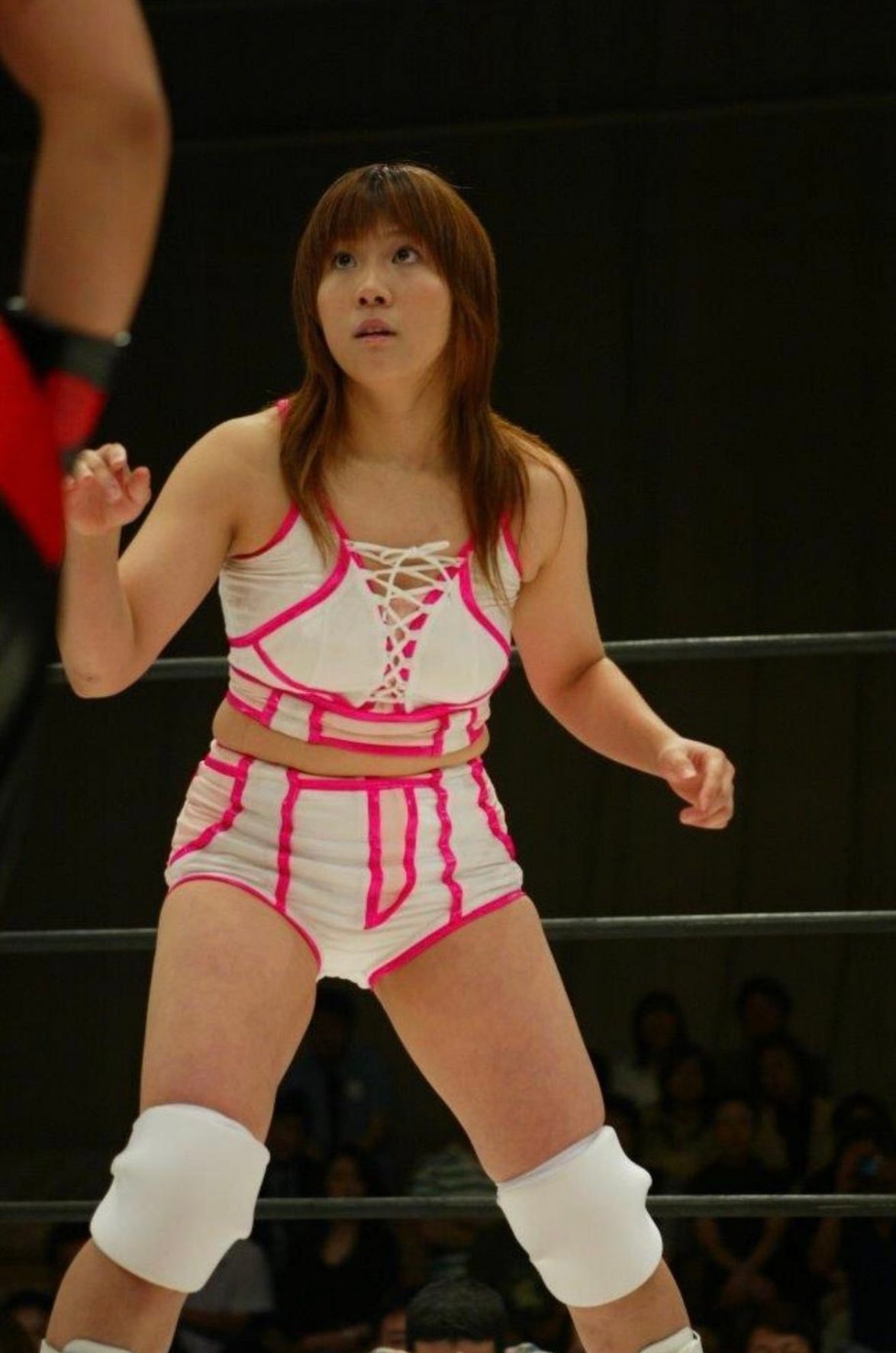
Even as she paid dues, Kana stood out for her stiff, hard-hitting style and serious approach to matches. She drew inspiration from men’s puroresu, developing a reputation as a striker unafraid to bloody herself or opponents.
By 2010, after six years in the industry, Kana had grown frustrated with what she saw as joshi puroresu’s stagnation. The women’s wrestling landscape in Japan, in her view, was clinging to outdated tropes – overly choreographed moves, an emphasis on looks over substance, and a hierarchical culture that stifled younger talent. This brewing discontent set the stage for a career-defining outburst.
Breaking the Mold: Kana’s Rise in SMASH (2010)
In 2010, Kana’s fortunes began to rise in tandem with her rebellious streak. She joined former WWE star Yoshihiro Tajiri’s new promotion SMASH as its marquee female wrestler, immediately entering a feud with kickboxer-turned-wrestler Syuri.
Kana’s matches in SMASH were brief but brutal showcases of her philosophy – she defeated Syuri in just three minutes in their rematch, decisively and with legitimate-looking offense. Behind the scenes, Kana was determined to reform the image of joshi wrestling.
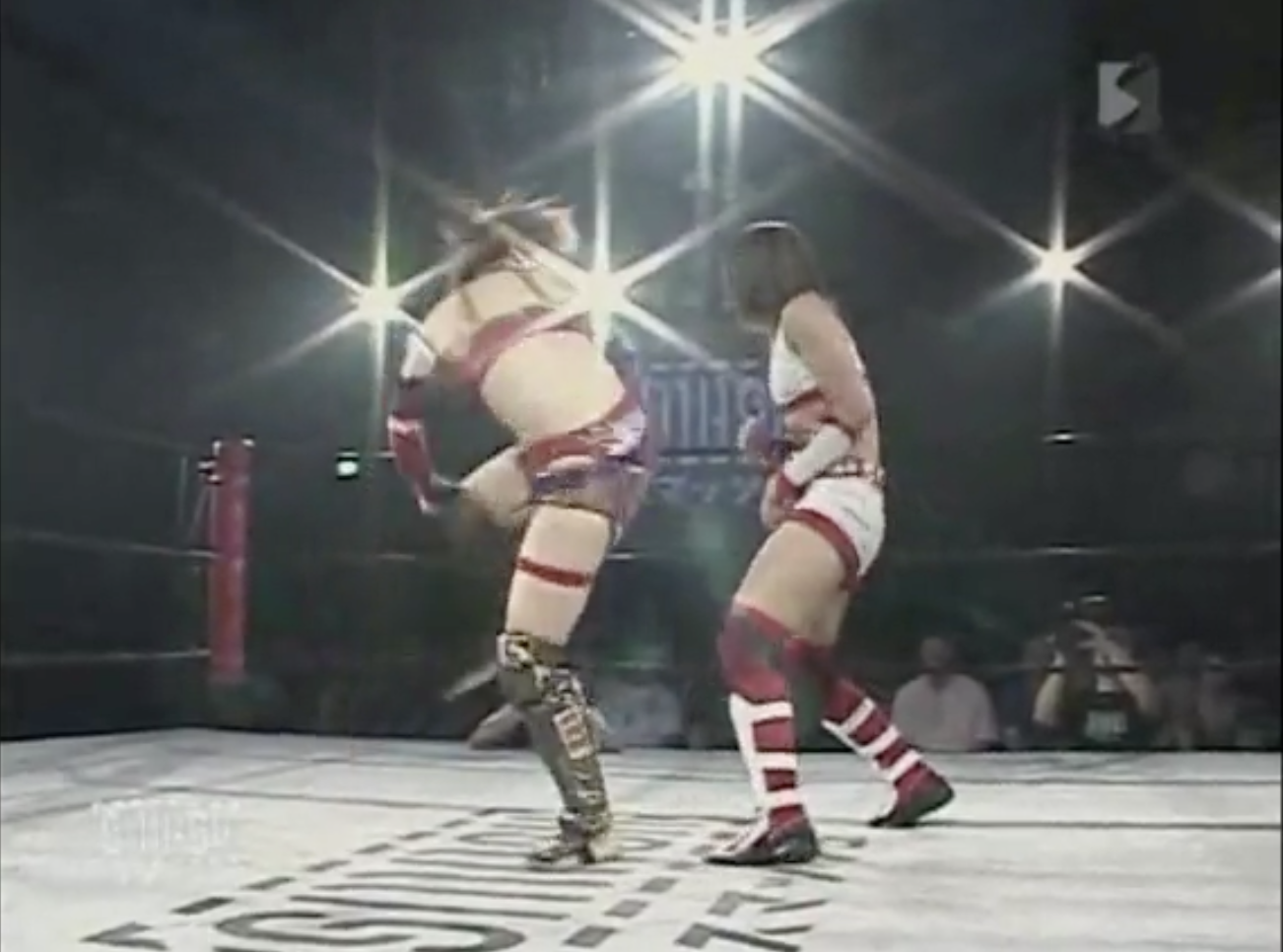
That summer, the 28-year-old Kana seized an unprecedented platform to voice her critiques. In collaboration with Weekly Pro Wrestling magazine – one of Japan’s top wrestling publications – Kana authored an explosive column that would become infamous as the "Kana Manifesto." Published in the magazine’s August 4, 2010, issue, her essay attacked the entire joshi puroresu community, alleging it was filled with wrestlers with no personality and bad attitudes who performed in an "unrealistic manner."
She demanded a hard look at the talent pool, suggesting that those "who aren’t worth anything" should quit the business rather than drag it down.
She decried the toxic backstage environment and lack of respect among colleagues, calling for positivity and professionalism.
Perhaps most provocatively, Kana admonished veterans and rookies alike to evolve or leave – wrestlers unable to develop a distinct persona or draw fan interest should find another profession. In essence, Kana was tearing into the very fabric of joshi tradition, from its in-ring style to its locker-room culture.
The Game-Changing "Kana Manifesto" (August 2010)
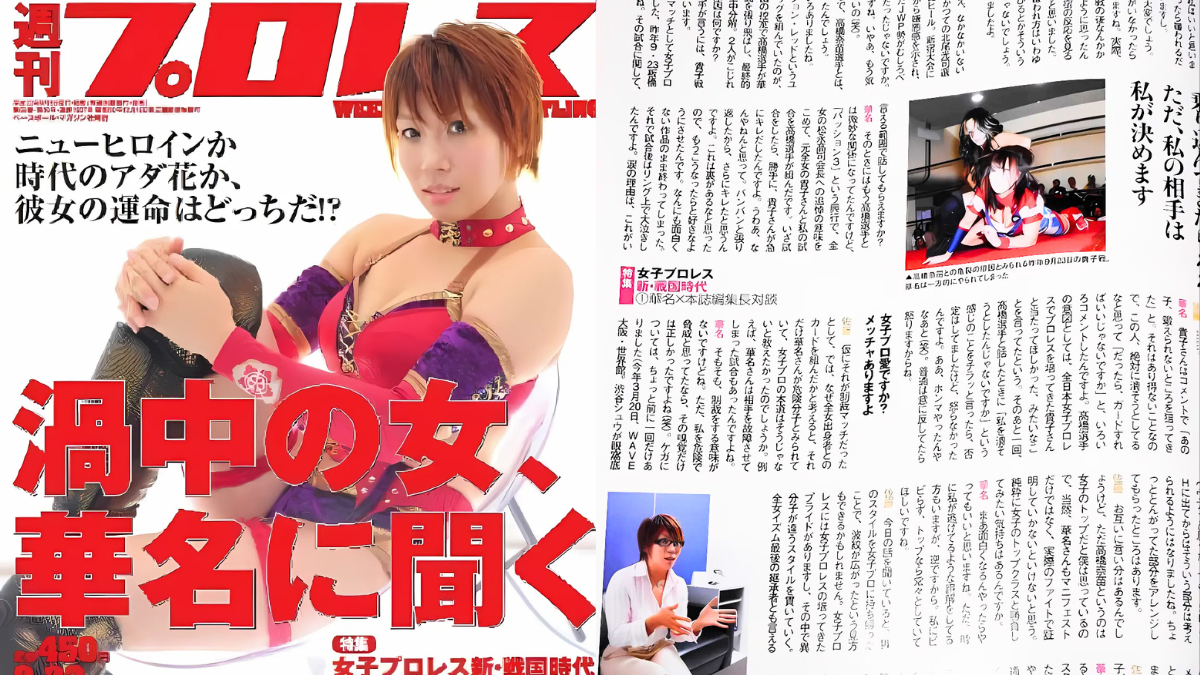
When Kana’s manifesto hit newsstands, it landed like a lightning bolt. No joshi wrestler had ever so openly criticized the industry’s status quo. It contained lines like, "Those who can’t develop individuality should leave," and "Don’t coddle each other or lick each other’s wounds." The reaction from the Japanese wrestling community was swift and fierce. Kana’s comments angered many senior figures in the joshi community, and she faced ostracism, including being placed in separate dressing rooms during shows.
"Some people clearly disliked me,” Asuka admitted in a 2020 interview with Nikkan Sports. “But I said what I believed in and stayed true to myself."
Who was this relatively young upstart to declare that an entire generation of wrestlers lacked talent or personality? In a society that values conformity and seniority, Kana’s blunt honesty was seen as insubordination.
The backlash inside the ring was immediate. Later that month, JWP Joshi Puroresu – one of the older promotions Kana had slighted – sent emissaries to confront Kana at a SMASH show on August 30, 2010, when the entire JWP Joshi Puroresu roster stormed the ring to confront Kana.
Command Bolshoi, a JWP veteran, directly addressed Kana in the ring, declaring their intent to challenge her criticism.
Kana mocked their attire and dismissed their popularity, leading to a heated confrontation with booing fans and a tense standoff. Command Bolshoi publicly stated, “We came because of your manifesto,” and accused Kana of undermining women’s wrestling.
Kana shot back: “You all came in such a big group – this isn’t a picnic, you know? If you were right, wouldn’t you be more popular?”
While this never resulted in a formal match, the moment remains one of the most direct public responses to the manifesto.
Yet, paradoxically, this controversy made Kana even more prominent. Fans and media took sides – some applauded her courage in calling out stale practices, while others condemned her disrespect. The notoriety propelled Kana into a new role as the most hated and most talked-about woman in Japanese wrestling. By essentially "declaring war on the whole joshi scene," Kana turned herself into a compelling villain that people paid to see.
Kana embraced this villainous persona fully. She began dubbing herself "Sekai no Kana" ("Kana of the World"), positioning herself as a transcendent figure beyond the local joshi realm. In storylines, she feuded with Tajiri in intergender matches and even acted out her outsider status by invading other promotions.
She later reflected in tweets that she had long stood alone in her convictions and in opposing the cozy relationship others had with the media and promoters.
In a since-deleted tweet from August 14th, 2023, she wrote, “I don’t flatter anyone. Even in Japan, the media hated me because I don’t flatter the media. In Japan, everyone was flirting with the media except me. I bought the media alone to take care of my fans. That’s why some of the Japanese media still hate me. That’s why I’ve always been a freelancer. And everyone in Japan knows I am anti-Joshi Pro. Always.”
From Outcast to Icon: Kana’s Fallout and Global Legacy
In the years following the manifesto, Kana’s career took dramatic turns that ultimately vindicated her fighting spirit. Despite the initial ostracism, Kana’s skills were undeniable – gradually, some of the same promotions that shunned her began to feature her as a gaijin-like "anti-hero" in their ranks.
By 2013, JWP’s resistance had softened to the point that Kana was not only working for the company but even won the JWP Openweight Championship, the venerable promotion’s top title.
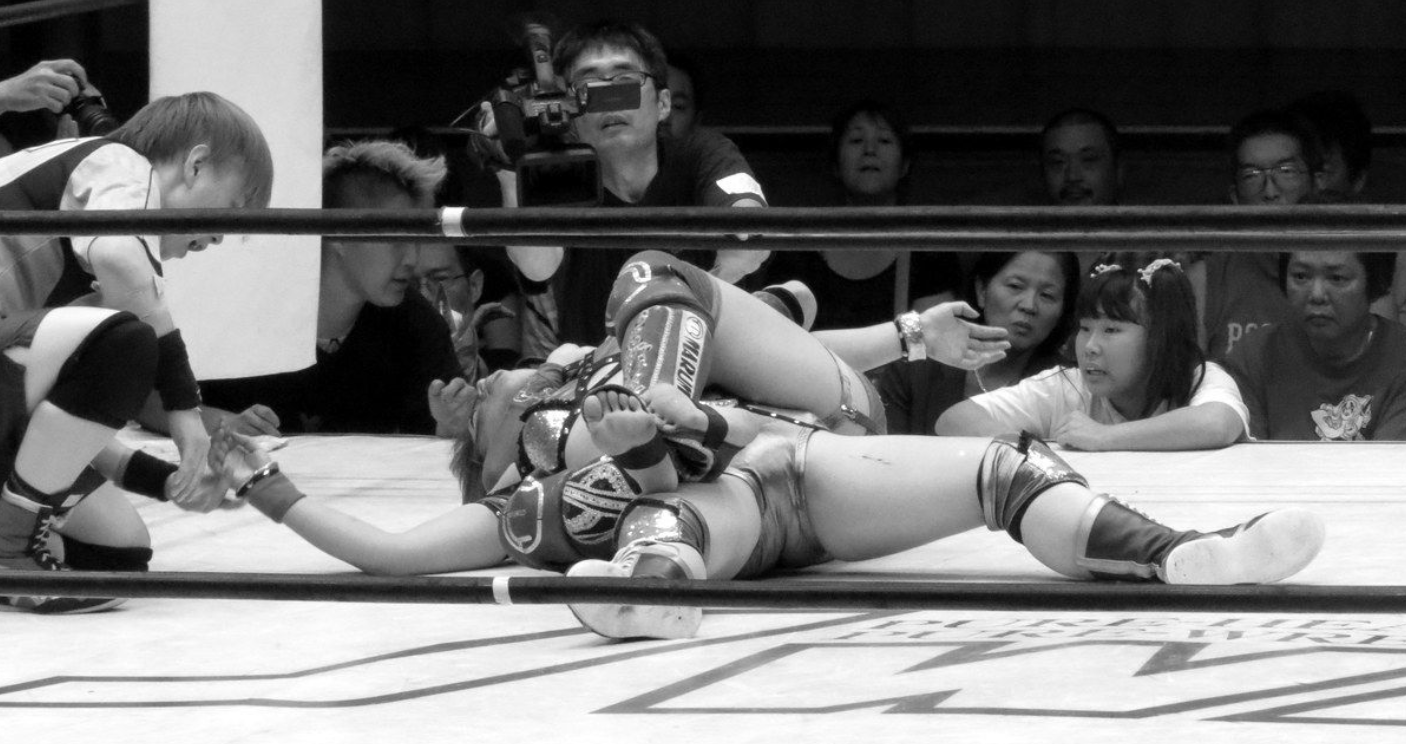
In a symbolic scene after winning the belt, Kana arrogantly proclaimed she had "taken the spirit of JWP," enraging the locker room. The declaration was seen as Kana not only winning the promotion’s most prestigious title but also metaphorically ripping out the heart of the company.
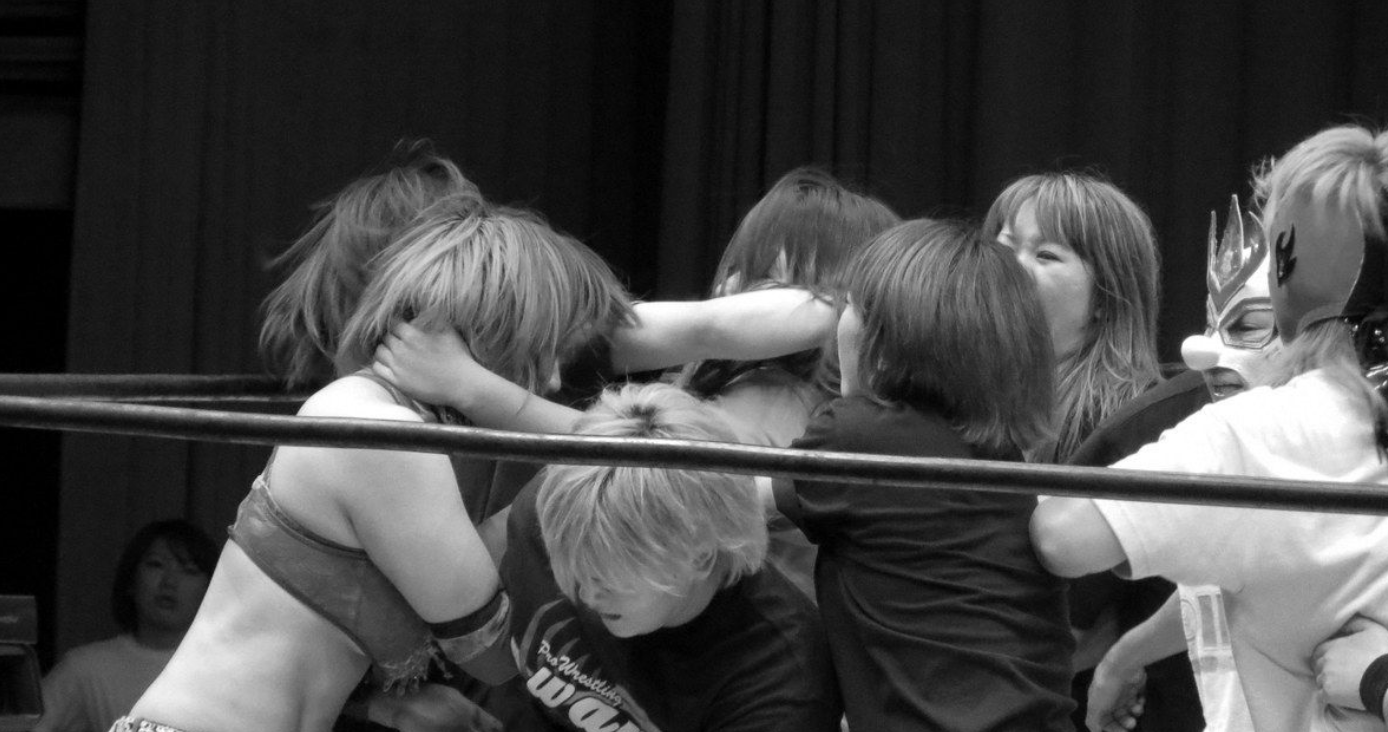
As a freelancer and outsider, her claim was a direct affront to the promotion’s identity and legacy, provoking outrage from the locker room, who stormed the ring in response. It was theater imitating reality – the manifesto’s fallout continued to fuel storylines and draw interest.

Outside Japan, Kana’s reputation as a ferocious competitor blossomed. She began appearing in U.S. indie promotions, such as SHIMMER and Chikara, impressing audiences with the hard-hitting, hybrid style she had long advocated.
In 2015, Kana signed with WWE and adopted the name Asuka, embarking on a new chapter on the world stage.
In WWE’s NXT brand, Asuka went on an unprecedented winning streak, showcasing the very qualities she had championed – realism, intensity, and charisma – to a global audience. She became NXT Women’s Champion and, later, a multi-time champion on WWE’s main roster, validating her claims to being "world famous."
Meanwhile, the shockwaves of her manifesto gradually subsided into a reevaluation of joshi practices. Many observers have noted that the 2010s saw a resurgence in Japanese women’s wrestling, featuring exciting new stars and styles – perhaps not a direct result of Kana’s manifesto, but certainly echoing some of her calls for innovation. Promotions like Stardom emerged in 2011 with modern marketing and athleticism, ironically founded by Rossy Ogawa, whom Kana accused of creating Stardom specifically "to destroy me personally."
In a tweet from August 14, 2023, Asuka elaborated, “The former editor-in-chief of Pro Wrestling Weekly has made the point on several occasions that Stardom is an organization created to defeat me. It is an organization that was created to destroy me personally. But they failed to defeat me.”
Today, The Kana Manifesto is remembered as a pivotal moment when a single voice dared to challenge an entire system. What began as a career risk ultimately cemented Kana’s legacy as a transformative figure in wrestling.
Her manifesto’s bluntness may have offended many, but it also anticipated a new era. Asuka’s subsequent worldwide stardom stands as the ultimate proof that her refusal to conform did not destroy her career – it made her one of the most compelling performers of her generation, in Japan and beyond.
These stories may also interest you:
- Asuka and Her Surprising Life Outside of Wrestling
- Ghastly Match Incident: The Legit Nightmare Beat-Down in Japan
- 16 WWE Records Most Fans Don’t Know About!
Can’t get enough pro wrestling history in your life? Sign up to unlock ten pro wrestling stories curated uniquely for YOU, plus subscriber-exclusive content. A special gift from us awaits after signing up!
Want More? Choose another story!
Be sure to follow us on Facebook, X/Twitter, Instagram, Threads, YouTube, TikTok, and Flipboard!
Pro Wrestling Stories is committed to accurate, unbiased wrestling content rigorously fact-checked and verified by our team of researchers and editors. Any inaccuracies are quickly corrected, with updates timestamped in the article's byline header.
Got a correction, tip, or story idea for Pro Wrestling Stories? Contact us! Learn about our editorial standards here. Ever wanted to learn more about the people behind Pro Wrestling Stories? Meet our team of authors!
ProWrestlingStories.com participates in affiliate marketing programs. This post may contain affiliate links, meaning we may earn commissions at no extra cost to our readers. This supports our mission to deliver free content for you to enjoy!

"Evan Ginzburg’s stories are a love letter to wrestling, filled with heart, humor, and history. A must-read for any true fan." — Keith Elliot Greenberg
Wrestling Rings, Blackboards, and Movie Sets is the latest book from Pro Wrestling Stories Senior Editor Evan Ginzburg. 100 unforgettable stories—from sharing a flight on 9/11 with a WWE Hall of Famer to untold moments in wrestling history. A page-turner for fans of the ring and beyond. Grab your copy today! For signed editions, click here.












